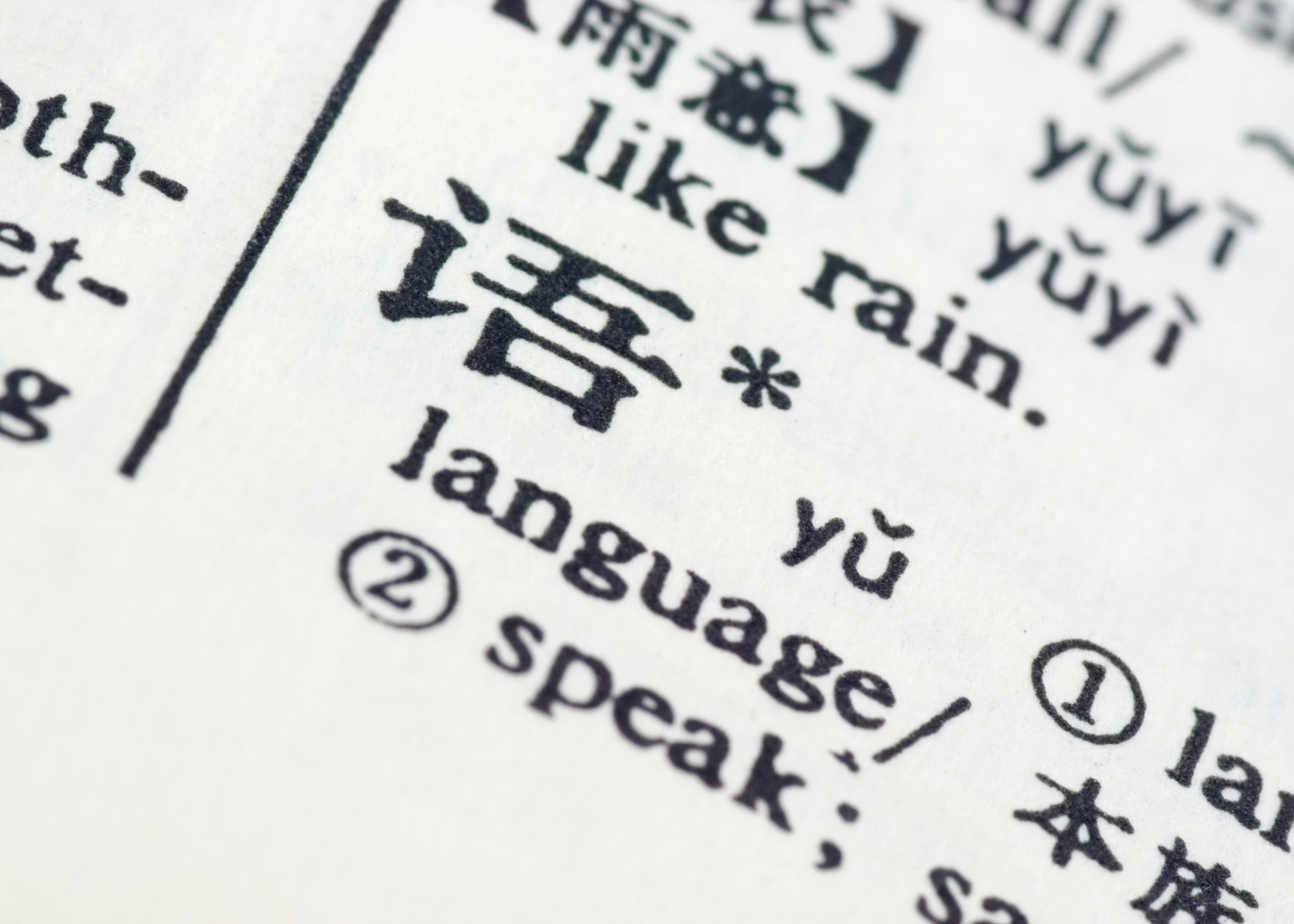why is it so difficult to translate chinese?
Not only is it the oldest language in the world, it is also the most spoken. With hundreds of local dialects, even the Chinese government knew its language was difficult to learn, and in the middle of the twentieth century began to simplify its written characters. While newer generations are now using the Simplified version, areas like Taiwan and Hong Kong – the latter city is home to more than seven million residents – still use Traditional Chinese characters.
To make matters more complicated, the spoken language in Hong Kong is, by and large, Cantonese, while in Taiwan it’s Mandarin, but both use the traditional written language, while Singapore and most of mainland China write with newer, simplified characters.
dialect groups
While distinct, local dialects are all considered to fall under the umbrella of ‘Chinese.’ However, those speaking one dialect may not be able to understand others. Main major dialects and their representative sub-dialects include:
Wu
The main representative sub-dialect is Shanghainese, spoken largely in the Eastern region of China, with about 95 million speakers.
Min
The main representative sub dialect is Southern-Min, spoken throughout the Southeast and Taiwan, with 60 million speakers.
Yue
The main representative sub-dialect is Cantonese, spoken in the South, Hong Kong, Macao, and Worldwide.
Mandarin
This is also known as Putonghua, and is spoken throughout the entire nation, as well as worldwide. It has about 850 speakers globally.
before you begin your chinese language projects…
considerations in chinese translation
Depending on the region where the translated document is intended, the target language may be either Simplified Chinese or Traditional Chinese, or both.
Translations into Simplified Chinese may be intended for use in mainland China, Singapore, Malaysia, and oversea Chinese communities.
Translations into Traditional Chinese may be used in Taiwan, Hong Kong, Macau, and oversea Chinese communities.
Cantonese is the only Chinese dialect that has its own widely used written system, Cantonese. It uses a combination of the Traditional Chinese characters used in mandarin and about 5,000 Chinese or Cantonese characters that are not used in mandarin.
In the U.S., both Simplified and Traditional Chinese are widely used in Chinese communities there.
considerations in chinese localization
Localization for Simplified Chinese falls into different countries and regions: mainland China, Singapore, Malaysia, some Chinese communities in the US.
Localization in Traditional Chinese is mostly seen in two major styles – Taiwan and Hong Kong.
Translation into Traditional Chinese for use in the U.S. mostly adopts the Taiwanese rather than Hong Kong style.
There are more than dozens of different terms used between Simplified and Traditional Chinese, and such variations depend on the region a particular variety is used.

understanding chinese sentence structure when translating
The written Chinese language is logographic, meaning words are conveyed in symbols, not letters the way many other world languages are communicated. There can be multiple symbols for different words but have the same spoken word.
An English word may be represented in meaning by one or two or more Chinese characters, and sometimes an exact equivalent is difficult to find.
The Chinese language does not have inflection, and grammatical categories such as tense, case, voice, aspect, person, number, gender, mood, animacy, and definiteness have to be expressed through the word order or with additional characters inserted.
Chinese is mostly a subject-verb-object (SVO) language like English, but unlike English, it is a head-final, meaning that almost all the modifiers come ahead of the word they modify, which is typical of Turkish and Japanese.
Chinese uses a seriously serial verb construction (verbs clustered together).
Example: 他来看看能拿几个。
Chinese: 他 来 看 看 能 拿 几个。
Literally: He comes see see can take how many.
Translation: He comes to see how many he can take.
beyond language
Chinese culture, which has a history of more than 5,000 years, is a high-context culture, while American culture is a low-context culture. This may have a very important impact on translation between Chinese and English.
chinese culture
– High context culture
– Collectivism
– Hierarchy
– More inclined to censorship
– Humility
– Read between the lines
american culture
– Low context culture
– Individualism
– Flatter social structure stressing
– Meritocracy
– Understanding of face value

importance of cultural translations
Knowing how to target and help a culture – not just a language – is paramount. We deliver Chinese translations in multiple dialects, along with traditional and simplified versions of the world’s most widely spoken language – and we know when to use each!
We are experts in both language and culture, ensuring an accurate Chinese translation every time. This means more effective communication, resulting in improved healthcare and ultimately savings for the providers with greater consumer compliance to policy and/or guidelines.
providing holistic chinese language services
find out more information on CQ fluency’s unique approach to Chinese Language translations

